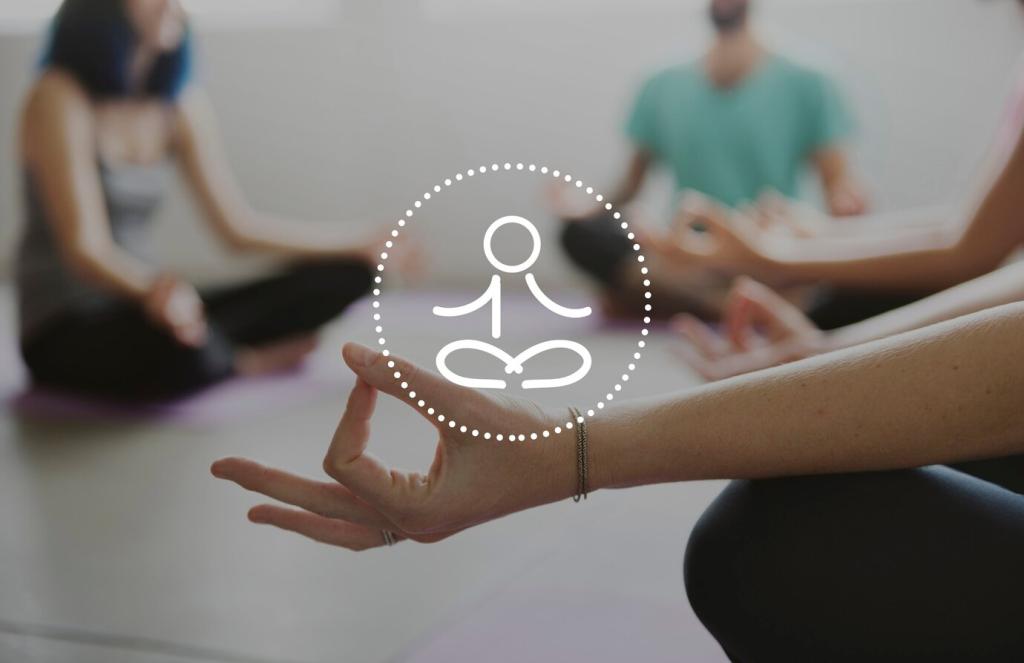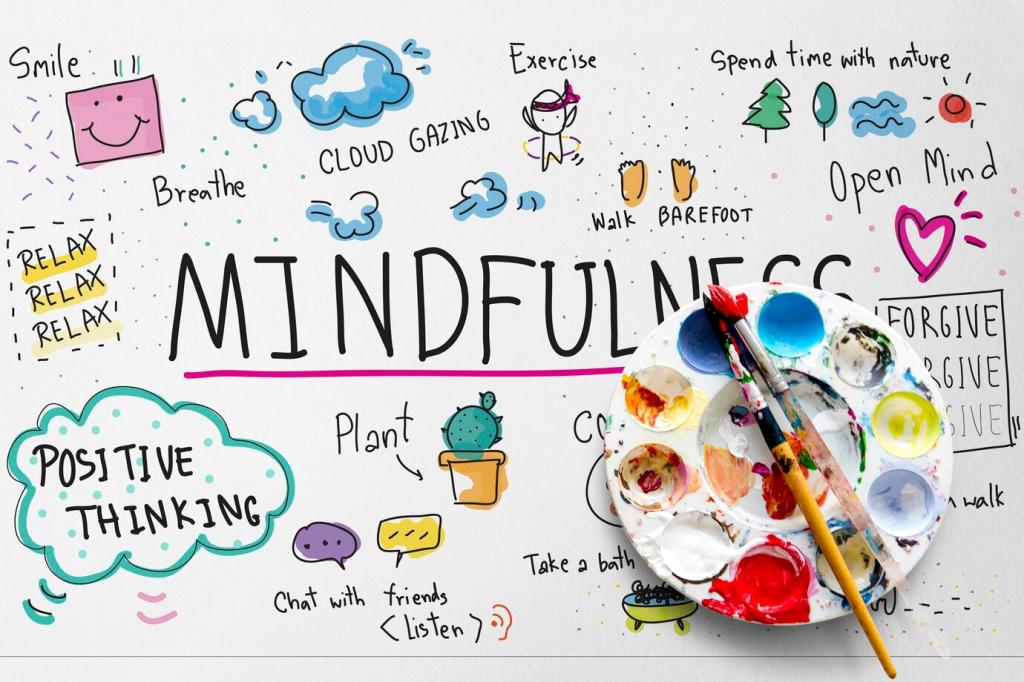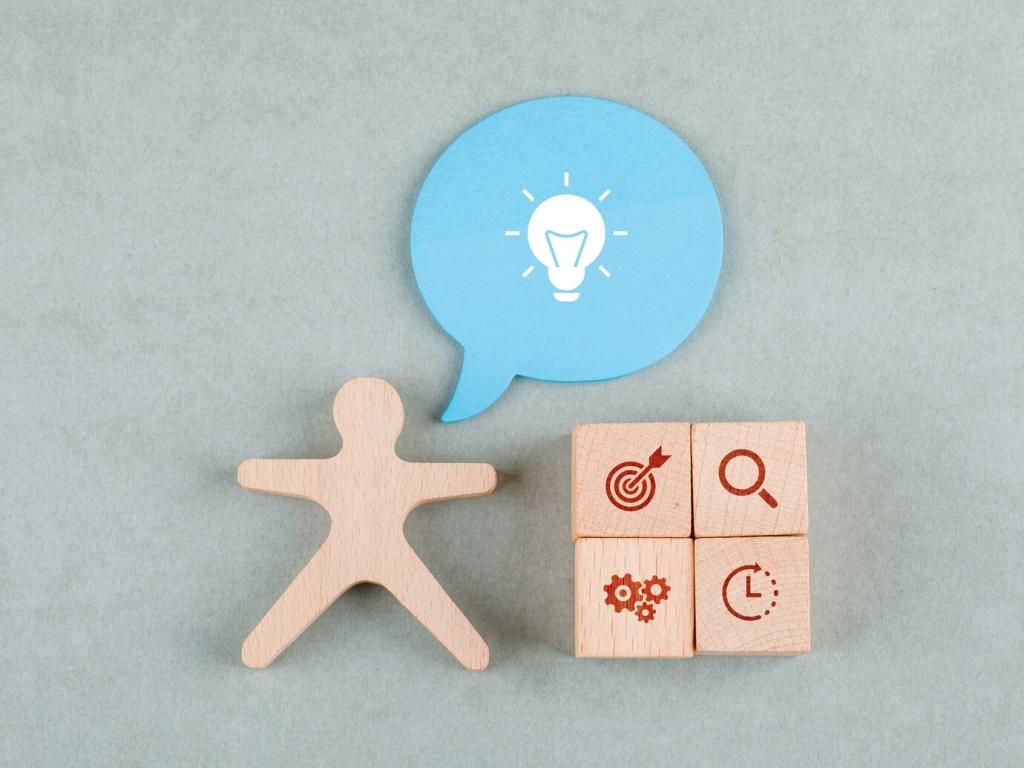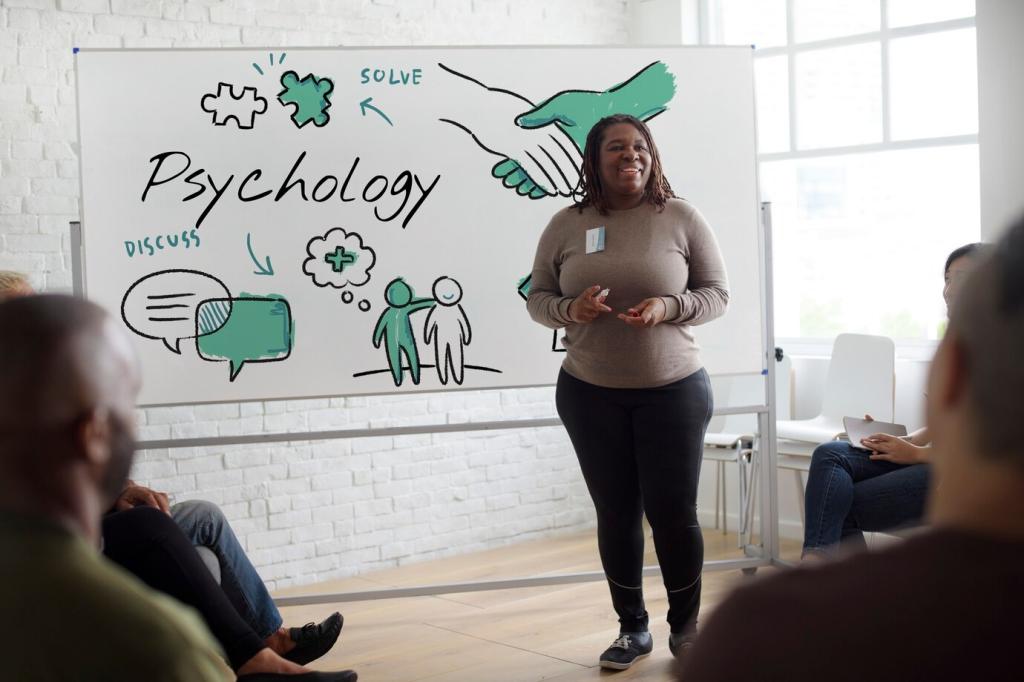Why Mindfulness at Work Changes Everything
Mindful breathing activates the parasympathetic nervous system, easing the amygdala’s alarm and freeing the prefrontal cortex for thoughtful judgment. Teams report fewer reactive emails and more considered responses. Try one minute of slow exhales before tough choices, then tell us in the comments how your decision quality shifts this week.
Why Mindfulness at Work Changes Everything
Context switching drains energy, spikes stress, and quietly steals hours. A brief grounding—feel your feet, relax your jaw, choose one priority—reclaims attention. Many readers say this tiny ritual reduces their afternoon slump. Experiment today and share your results; your tip may help another overwhelmed teammate tomorrow.
Why Mindfulness at Work Changes Everything
Burnout grows when demands outrun recovery. Mindful micro-pauses, boundary setting, and compassionate self-checks rebuild capacity. Consider a daily two-minute reflection: What drained me, what nourished me, what needs care? Track it for a week, then comment with insights. Your reflection could spark healthier norms across your team.
Why Mindfulness at Work Changes Everything
Lorem ipsum dolor sit amet, consectetur adipiscing elit. Ut elit tellus, luctus nec ullamcorper mattis, pulvinar dapibus leo.






